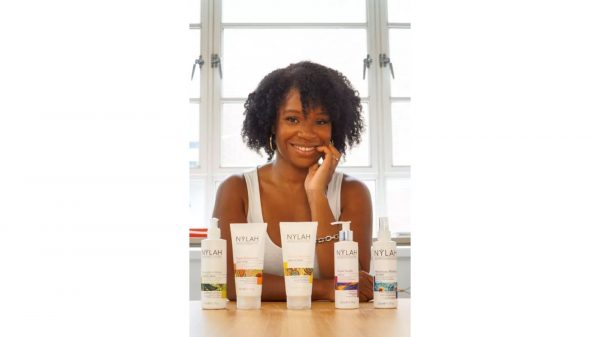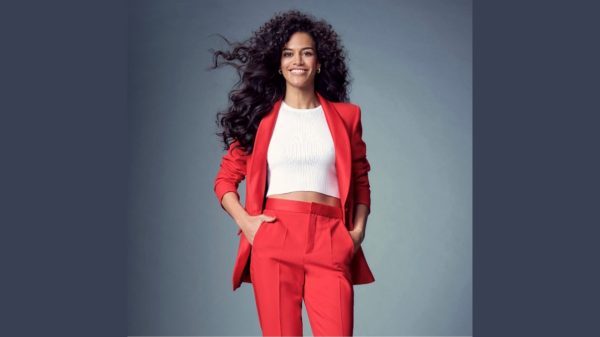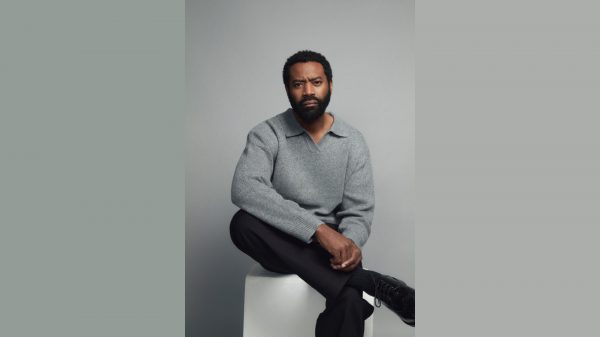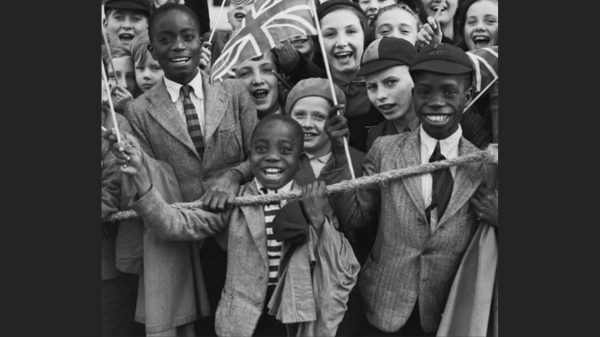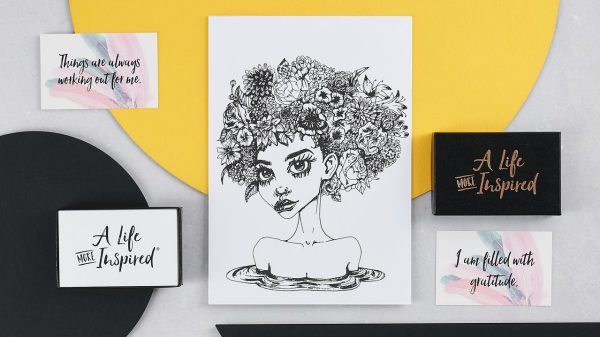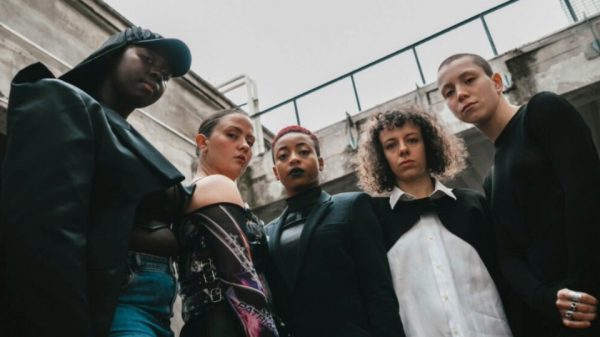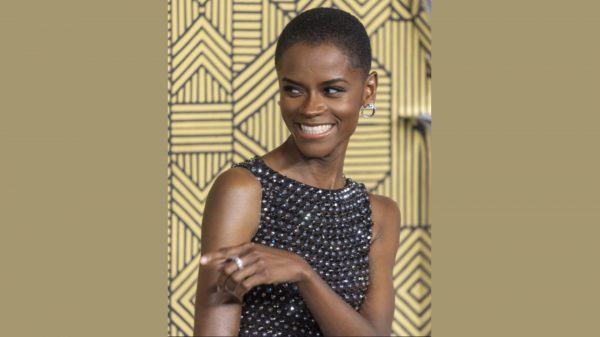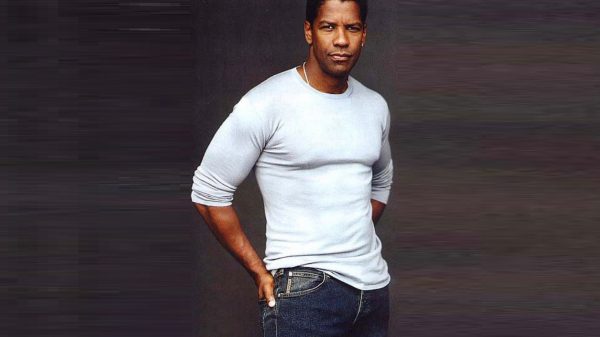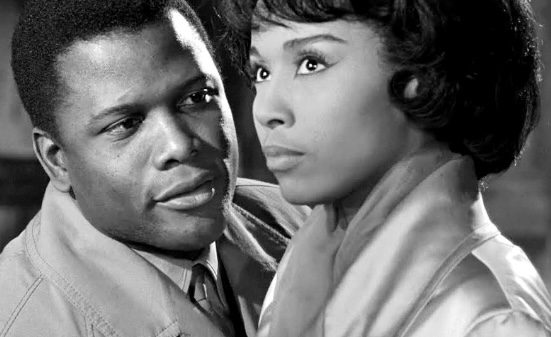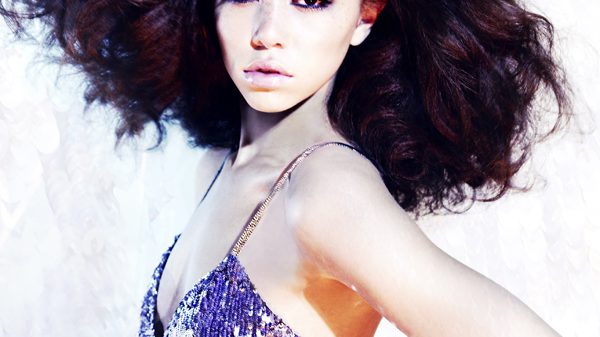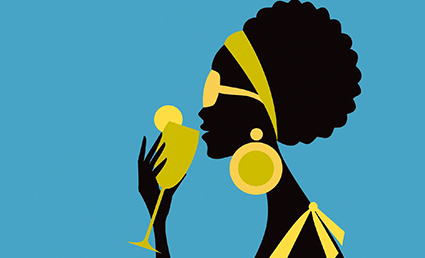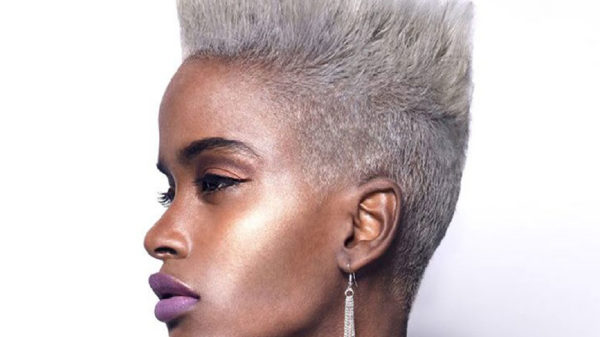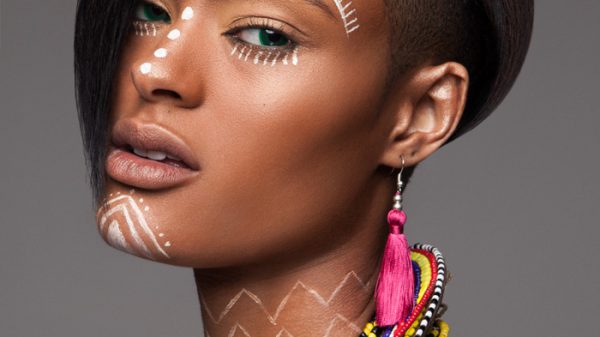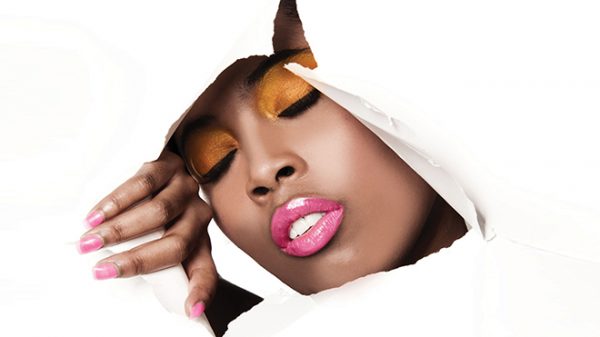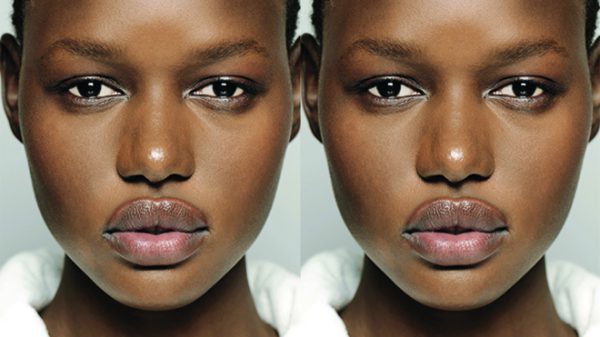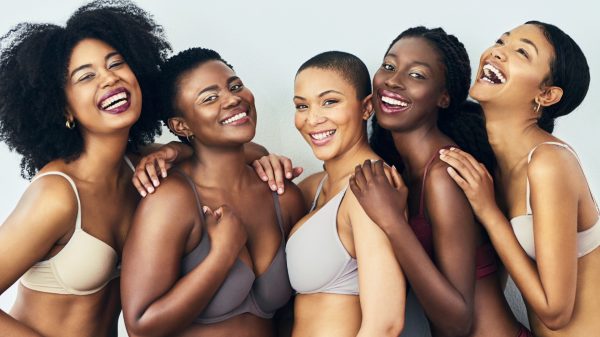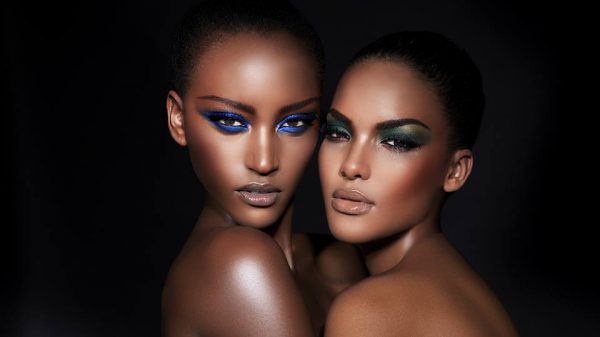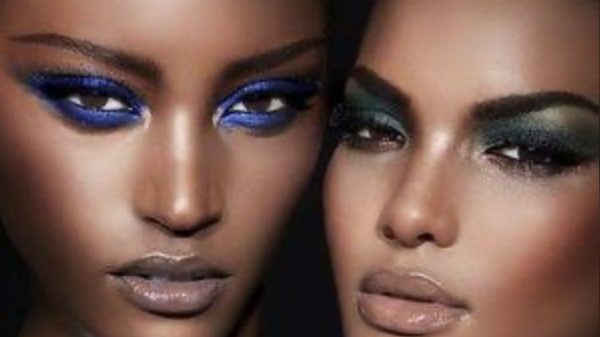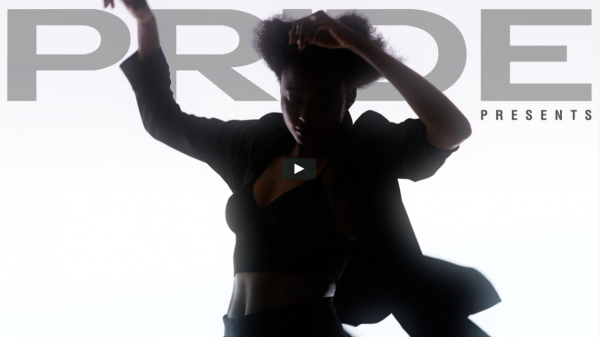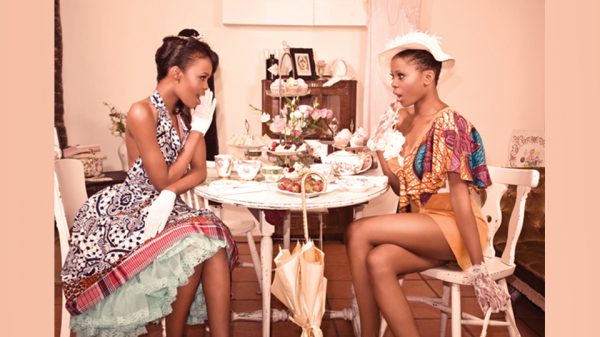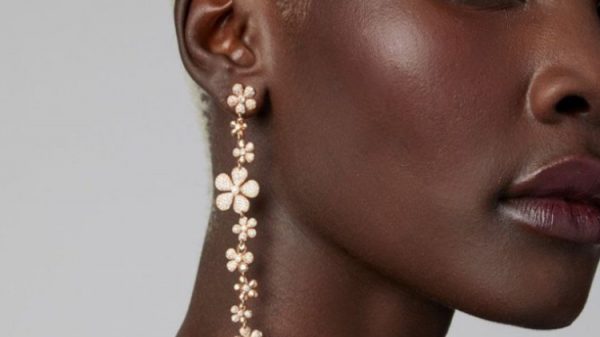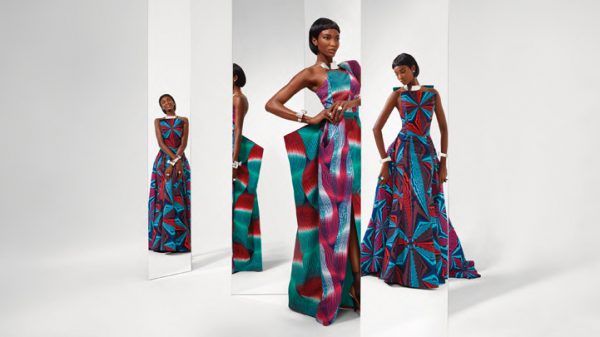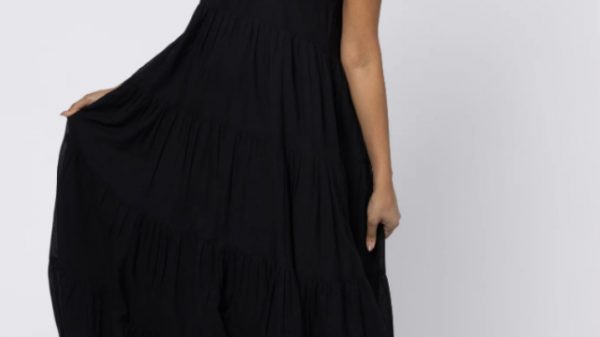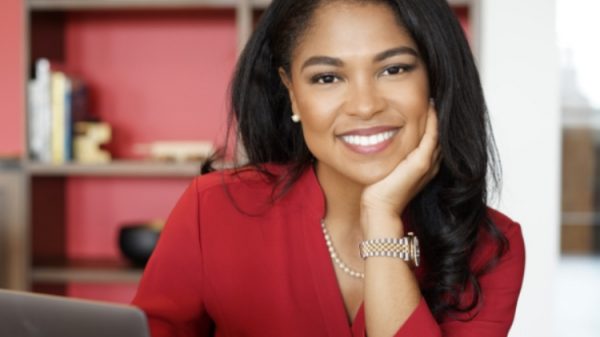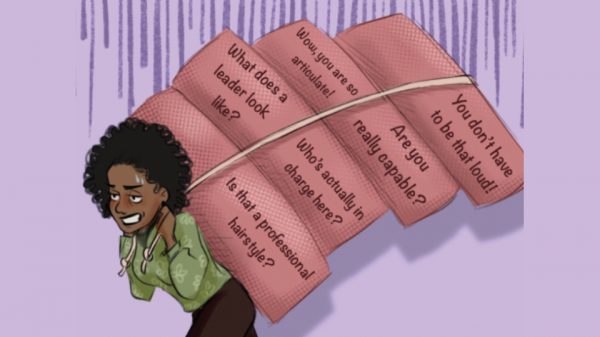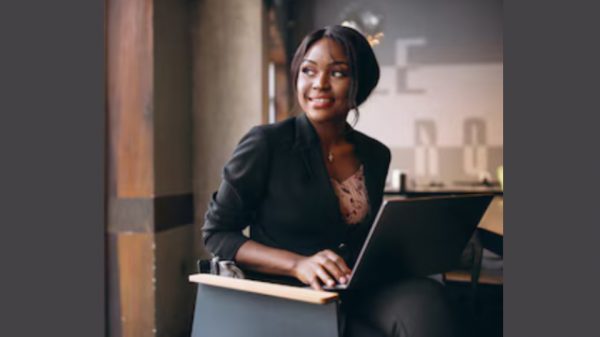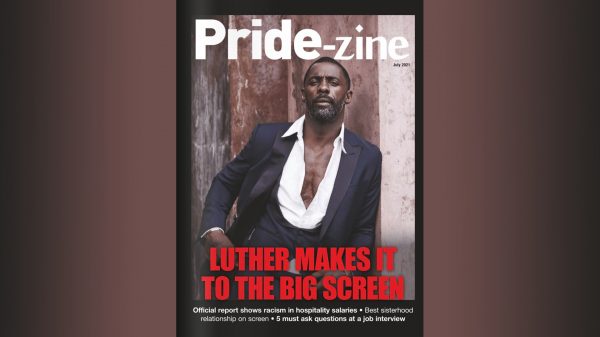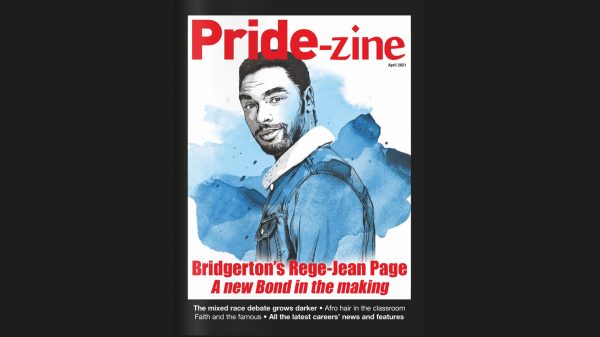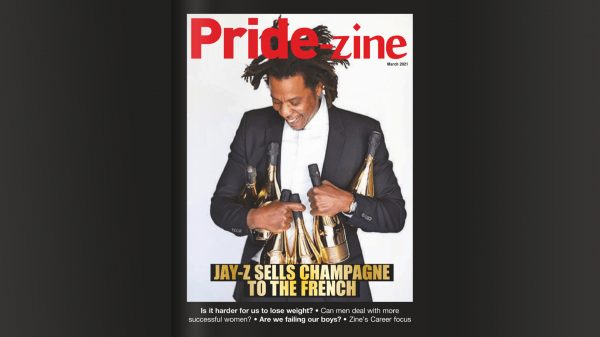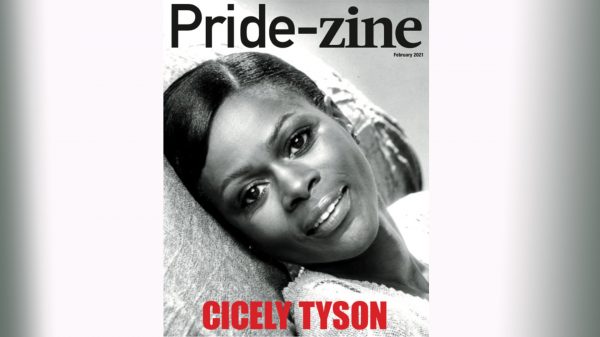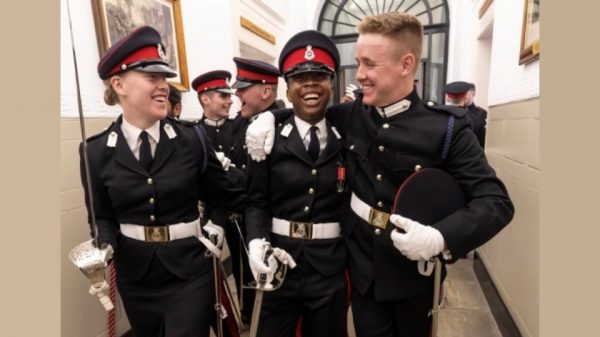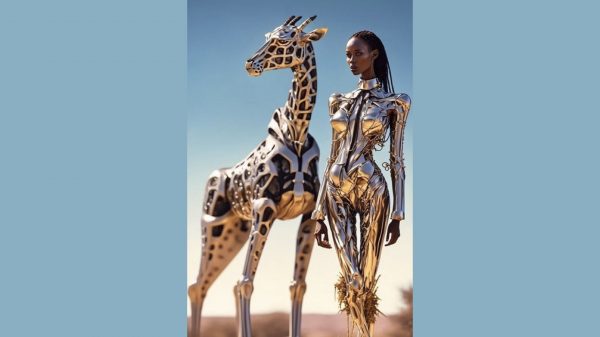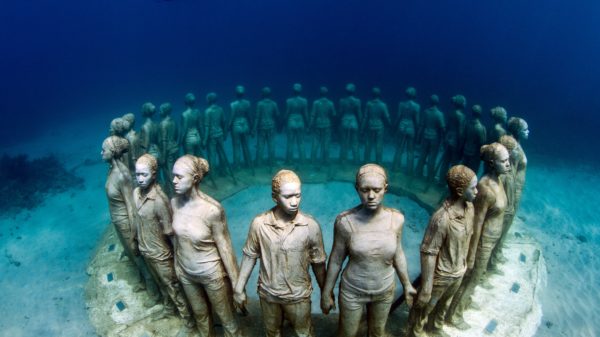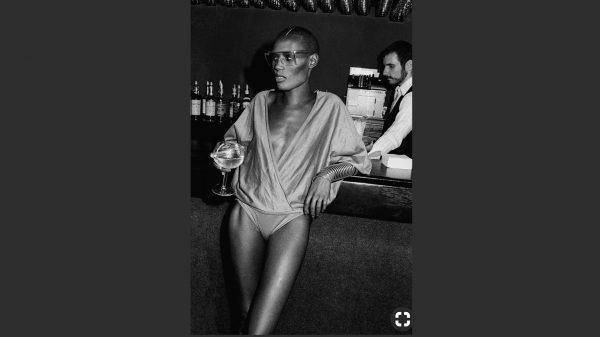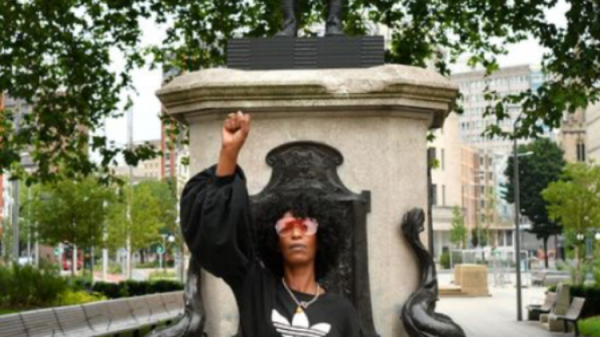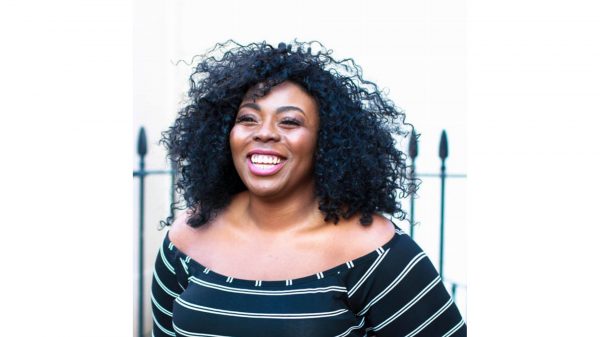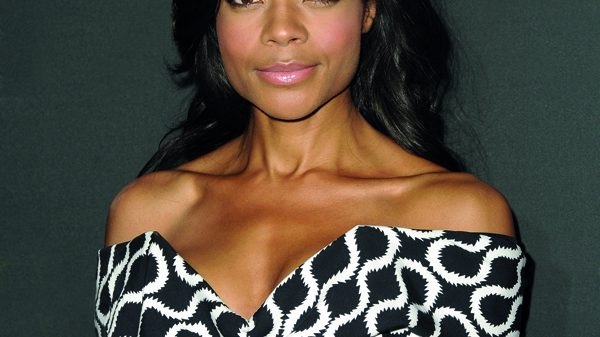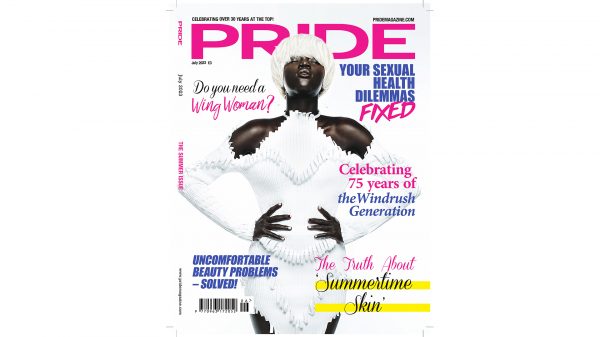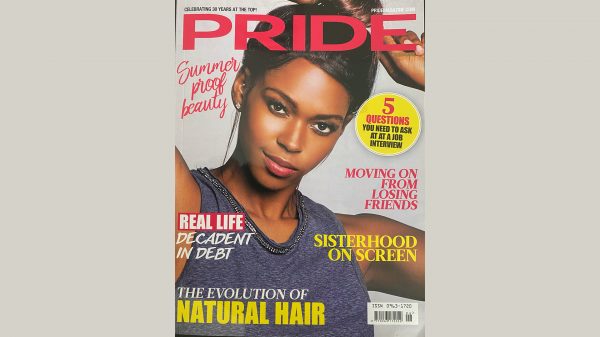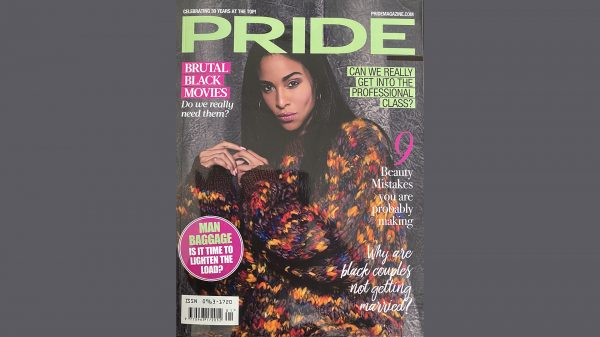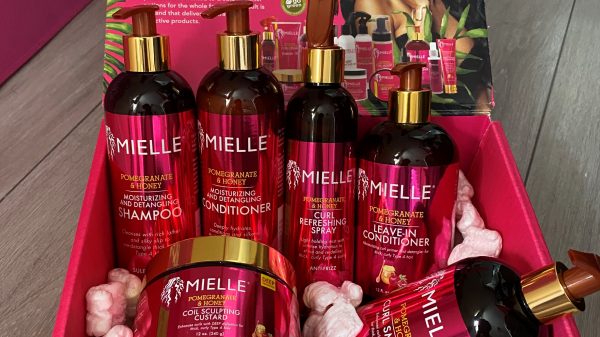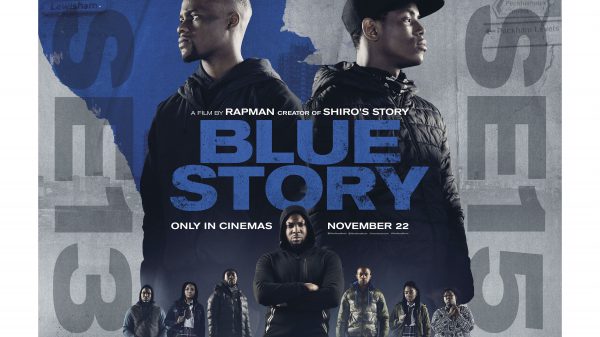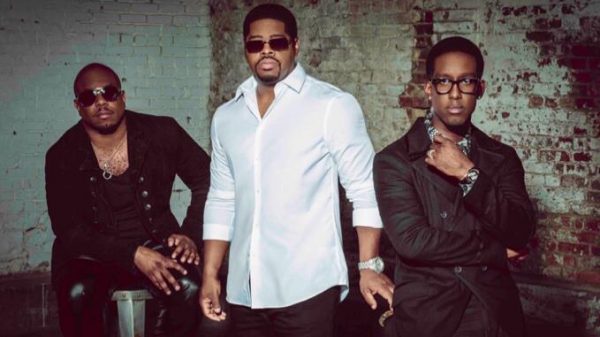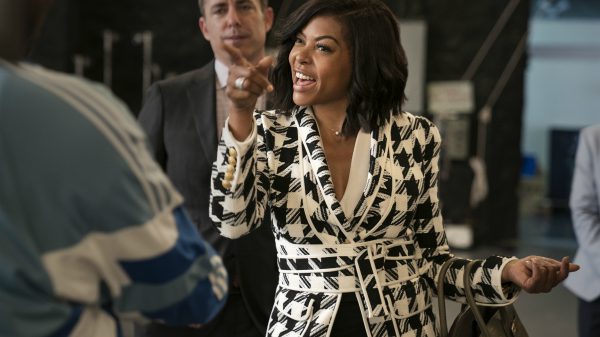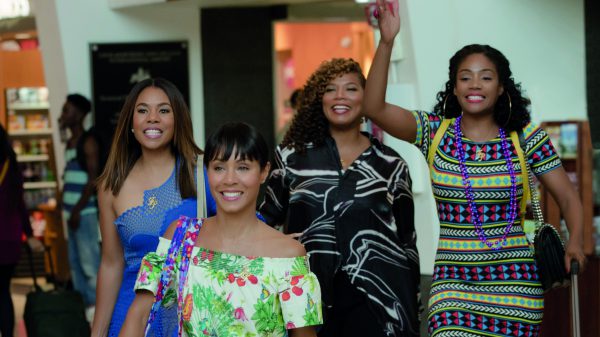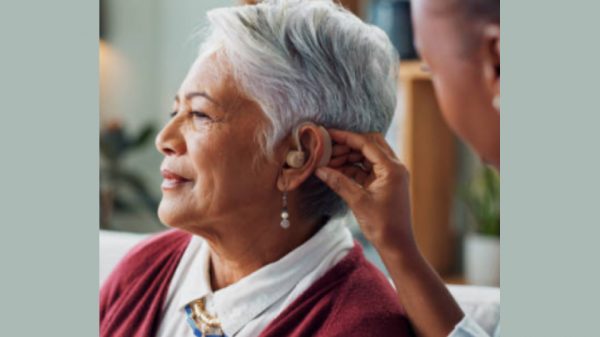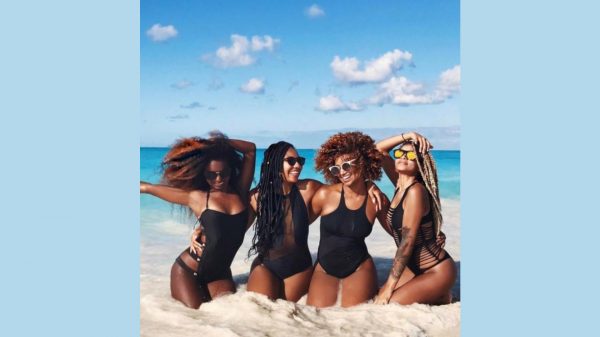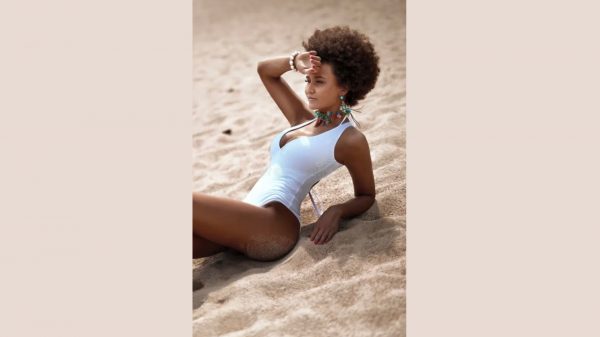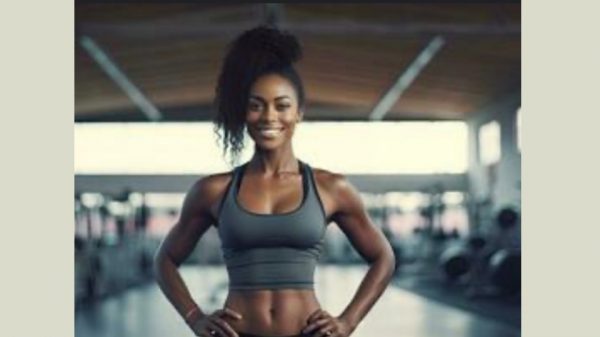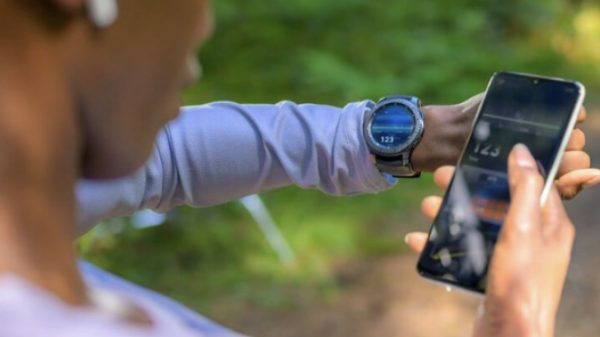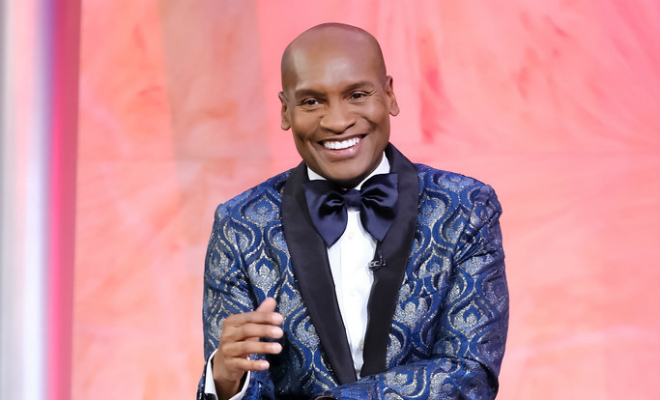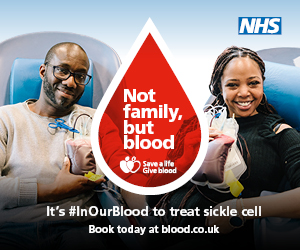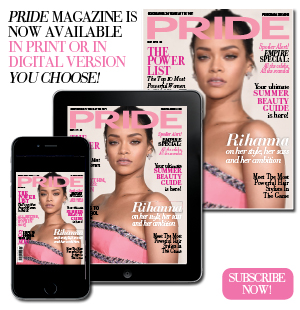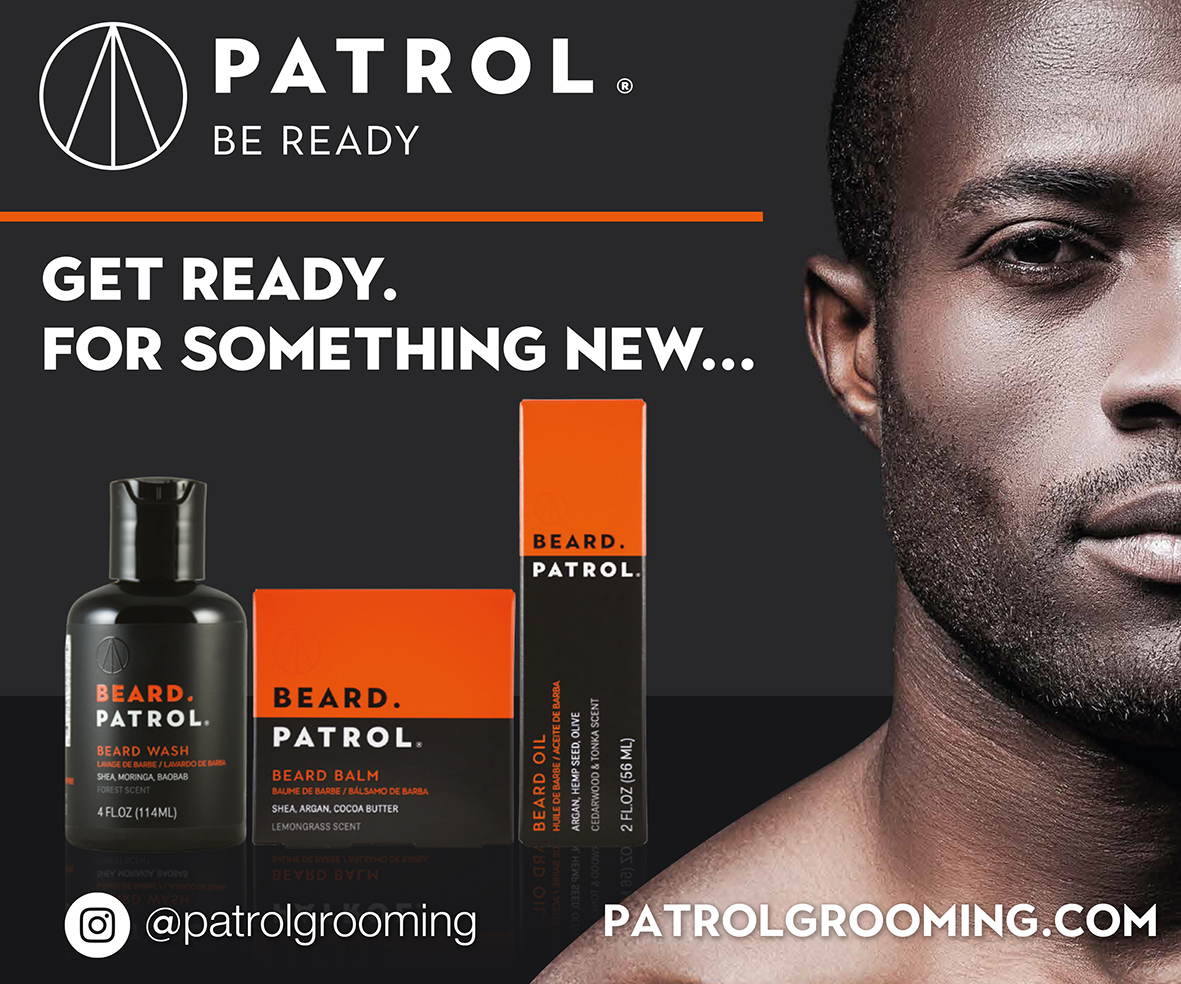Celebrity stylist and journalist Marcellas Reynolds tells Nicole Vassell about his landmark photography book, centring Black women of fashion through the ages – and how fashion saved his life
When Marcellas Reynolds received his long-awaited copy of Vogue Model: The Faces of Fashion, he read it, cover to cover, in one sitting. A self-described ‘modelphile’, he’s devoured all things to do with the fashion industry since he was a young boy, stealing glances of Ebony and Jet wherever he could find them. So when he discovered that the in-depth book, detailing 90 years of the British branch of the fashion magazine’s history, only included photos of two Black models – Naomi Campbell and Iman – Reynolds was understandably frustrated.
‘Where’s Veronica Webb? Where’s Karen Alexander, where’s Donyale Luna?’ he asked himself. ‘Where are all these Black superstars? In this same book, there are mediocre girls that never reached the place where they were even super – but Black supermodels can’t get in this book?’
Incensed, he stayed up half the night, making a list from the top of his head of Black models who could have been featured, but were missed out – and had been long excluded from other fashion art books, despite their impact on the industry at large. With so many Black models worthy of tribute, but starved of the attention they deserved, Reynolds knew that it was time to do something about it. With this, the road to creating Supreme Models: Iconic Black Women Who Revolutionized Fashion was paved.
A full-sized, hard-backed spectacle, Supreme Models puts the Black models who’ve impacted the industry front and centre – a place they should have been all along. Including some of the models’ most memorable images and ads, such as Tyra Banks’ 1997 swimsuit cover of Sports Illustrated, it is visually stunning, and provides timelines and quotes to educate the uninformed of exactly why these women are noteworthy.

A celebrity stylist and journalist today, Reynolds is a former model himself, having worked for catalogues and fashion brands such as Ralph Lauren and Nautica from 1995 to 2000. With this insight, he knew that there was a real opportunity to make Supreme Models different to others on the market – the first step being actually talking to the models.
‘I knew that if I had crazy stories, then other models who had gotten to the pinnacle of fashion must have some truly incredible stories!’ he tells me. ‘But when I looked in all these books, unless the model had written it herself, these people didn’t even bother to interview the models. How are you not getting the story first-hand? Models love to talk, because we never feel like we get the opportunity.’
Over the course of eight years, he took over 40 interviews, gaining hundreds of hours’ worth of stories about these models and their career highlights, their inspirations, and their experiences with racism in the industry. British model and activist Leomie Anderson, Tomiko Fraser Hines – the first Black model to receive a Maybelline contract, and Beverly Johnson, the first Black model to feature on the cover of American Vogue in 1974, are just three examples of fascinating conversations featured.
In just the first few minutes of our conversation, it is clear that Reynolds’ love for every level of fashion – from the art of the photography to the models themselves – runs deep, with decades’ worth of knowledge ready to share at a moment’s notice. However, despite his encyclopaedic expertise of the subject, a case of impostor syndrome plagued him while writing.
‘This whole project I’d been in the space of: “Why isn’t André Leon Talley, or Edward Enninful doing this book? I’m not good enough to do this book,”’ he says candidly. ‘I’ve never felt good enough to be the person to write this book – but as I was writing, I was always thinking back to the little Black boy that I was, age 10, reading his mother’s Essence magazine. He needed this.’
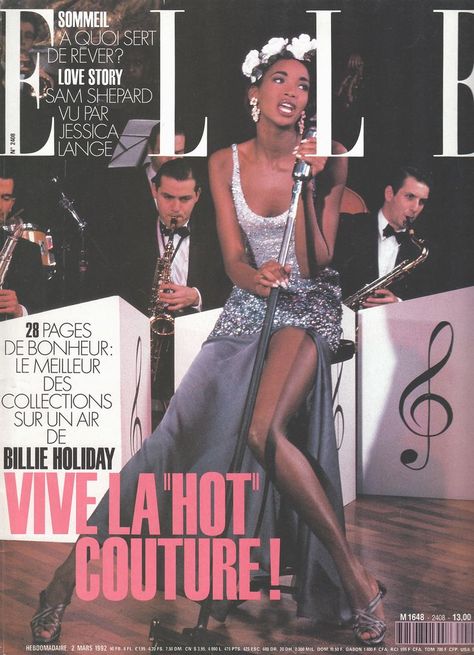
Now based in Los Angeles, Reynolds was raised in the south side of Chicago, where it was far from easy to be a young, gay, Black boy. He attributes the world of fashion for providing a view into a world that was ‘better’ than the world he was living in. ‘Modelling and fashion literally saved my life,’ he begins. ‘I grew up being bullied; I grew up being beaten, and I grew up being told constantly by my family and local community that there was no place for me. It wasn’t until I started working in fashion that I found like-minded people; people that appreciated what was special about me.’
Supreme Models is a labour of love – as well as spending years on its cration, Reynolds has paid in cold, hard, American cash to make this book a reality. ‘I had to pay the photo licensing fees out of pocket,’ he admits. ‘The book, which was supposed to cost $30,000, ended up costing $60,000. I took a year off and did nothing else but work on this book; I really gave it what it was supposed to be. I took out extra credit cards, and I’m still paying off debts. But it had to be done, and it had to be done beautifully – it had to show these women the respect that they deserve.’
Though Reynolds is refreshingly open about the challenges that have come with such a task, the joys of the process have far outweighed the stresses. One joy, in particular, came in the form of the many insider tales he heard about history’s most successful Black model.
‘Naomi Campbell is, a, hero,’ he states, punctuating the words with resolute claps. ‘I asked each model, “Who’s your favourite model?” – and 95 to 97 per cent said: Naomi Campbell. And most of them weren’t just admiring her for being pretty, or her body, or her walk… they had literal stories about Naomi giving them bookings; giving them a place to stay when they needed it; giving them money, or Naomi making introductions with other people in the business. There’s this narrative about Naomi, as if she’s a bad person or threatened by others – but that’s not true.’
With the amount of fascinating stories learned during the process of making this book, it would’ve been impossible for them all to be told within 240 pages; Supreme Models is primarily an arts and photography book, and Reynolds was determined to make the striking images the main focus. However, the research isn’t going to waste: he already has plans to transform his interviews into a companion book – or even a documentary series. ‘In fashion, you’re always working on the next thing,’ he says knowingly.
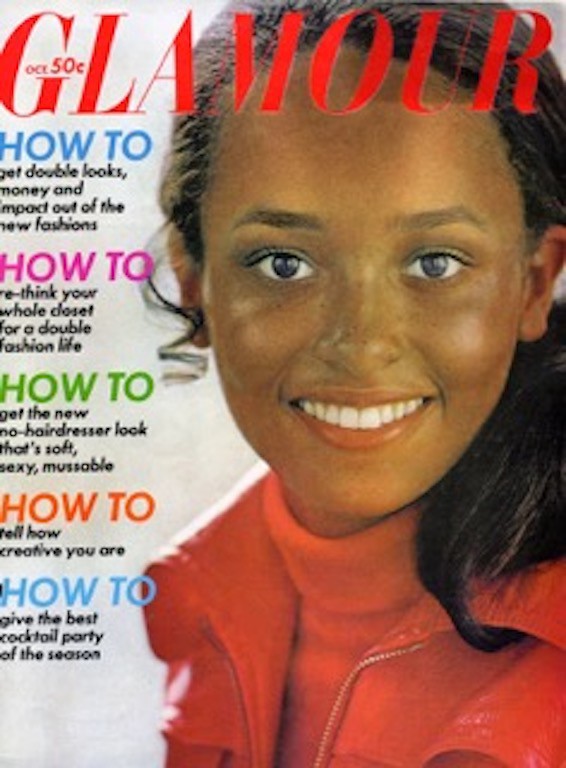
But as it stands, Supreme Models feels like an important step for Black representation in fashion and advertising. Even for a magazine editor who sees beautiful images of Black women constantly, there’s still something so exciting about seeing Black women, from all over the world, with a range of skin tones, hair textures and (to a lesser extent) body types, presented in a collectable anthology. This idea of feeling represented in this way, and on this scale, isn’t lost to Reynolds:
‘As a kid, I remember seeing a picture of Sammy Davis Jr. in Ebony. He’s standing in front of a huge mansion and he just looked like the man. I remember thinking: “One day, I’m gonna wear a blazer, and have me a big ol’ car, and a house in LA.”
‘I think that people of colour need to see themselves, especially at a young age; they need to see things that they can believe in, and believe they can do the same – and for me, it was looking for those Black faces in magazines and on television. Those people saved me; they led me to believe that I could be sitting here, right now in LA, talking to Pride Magazine.’
And Supreme Models has the potential to do just that, for someone just like him.
‘Supreme Models: Iconic Black Women Who Revolutionized Fashion’ by Marcellas Reynolds is out now (Abrams, £40)

